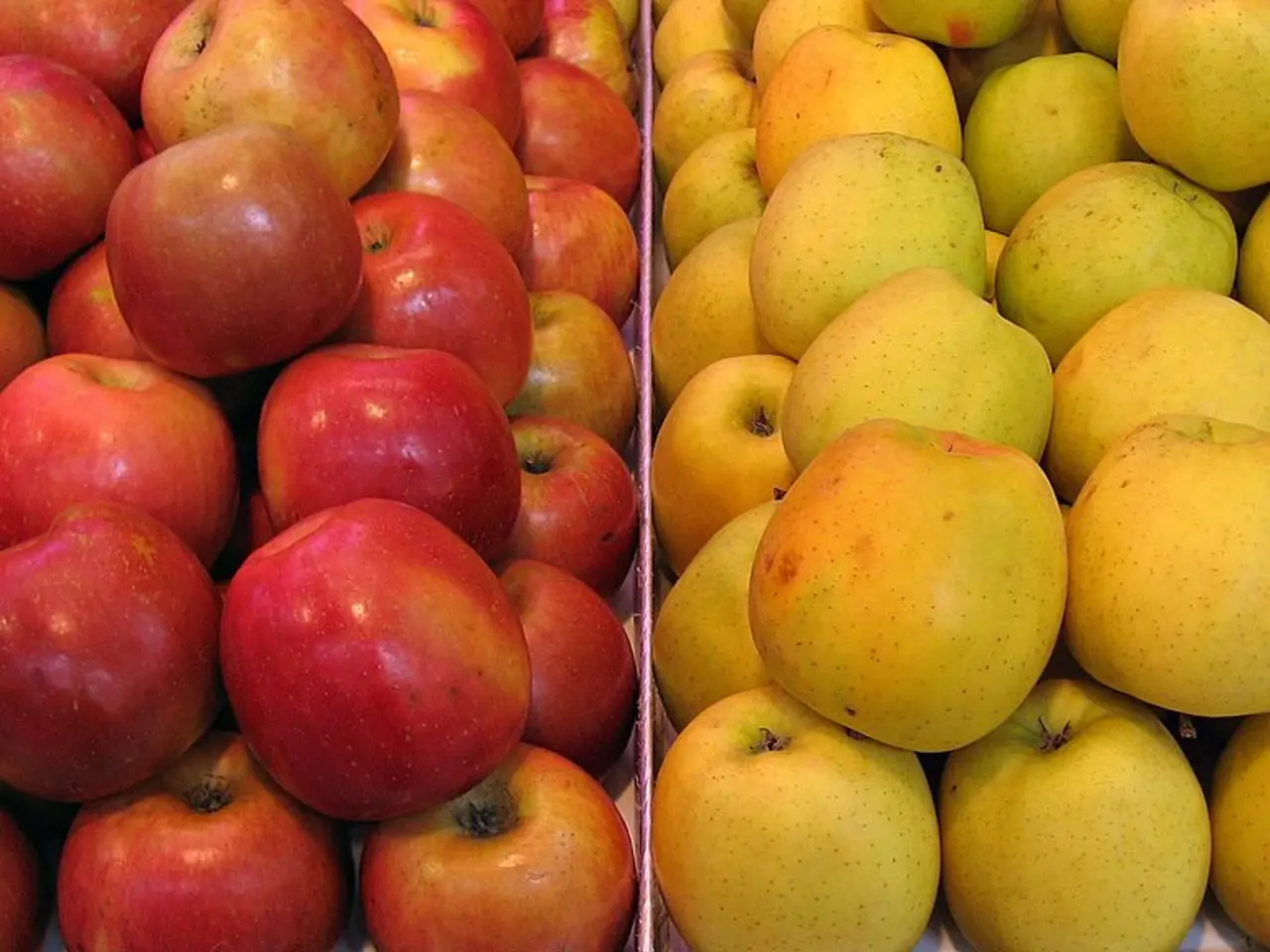Genetic Simplicity of Humans Compared to a Simple Chocolate Cookie
In a groundbreaking development, a comprehensive DNA sequencing project has shed light on the genetic makeup of Theobroma cacao, the plant responsible for producing chocolate and cocoa. Funded by Mars, this study published in November 2023 has constructed a pangenome for cacao, incorporating data from 216 accessions and identifying 30,489 protein-coding genes.
This sequencing provides insights into the genetic diversity that can be leveraged for conservation and breeding purposes. The findings reveal that cacao has considerable genetic complexity, with distinct genetic groups linked to its domestication and diversity. Use of RAD-sequencing revealed diverse genetic populations and domestication signals among cacao groups in the Upper Amazon, highlighting the complexity and variety of cacao genetics that support different traits important for cultivation.
However, the transformative impact to agriculture and smallholders arises mainly from manipulating the microbial complexity of fermentation. Scientists have characterized the complex microbial communities in cacao bean fermentation and identified a smaller “synthetic community” of nine key microbial strains (bacteria and fungi) that can reliably reproduce the hallmark flavors of premium chocolate.
This development enables a reproducible, controlled fermentation process, akin to how breweries use defined yeast strains or cheese makers use starter cultures. For smallholder farmers, who often work with narrow profit margins and unpredictable natural fermentations, using defined microbial starter cultures offers potential economic benefits by improving bean quality, thus increasing market prices and income stability.
For the chocolate industry, it opens avenues for innovation and consistent flavor profiles, moving beyond reliance on local wild microbes and environmental variability. As genomic science continues to evolve, it opens new avenues for understanding plant biology, including the genetics of important crops like rice and wheat, various animals, and microbes.
The genomic studies of Theobroma cacao challenge our perceptions of complexity among life forms. Interestingly, humans have around 30,000 genes, similar to the number identified in cacao. The research findings are published in various articles, including one on Nature Communications and one on bioRxiv. As genomic studies continue to advance, we can expect to uncover even more fascinating insights into the world of plants and agriculture.
[1] [Link 1] [2] [Link 2] [3] [Link 3] [4] [Link 4] [5] [Link 5]
- The genetic analysis of Theobroma cacao has shown a strong connection between its genetics and environmental-science, as the complexity and variety of cacao genetics support different traits important for cultivation.
- As genomic science progresses, it's not only shedding light on the genetics of cacao but also on the genetics of other important crops like rice and wheat, offering a new perspective in the field of agricultural science, thanks to advances in technology.




